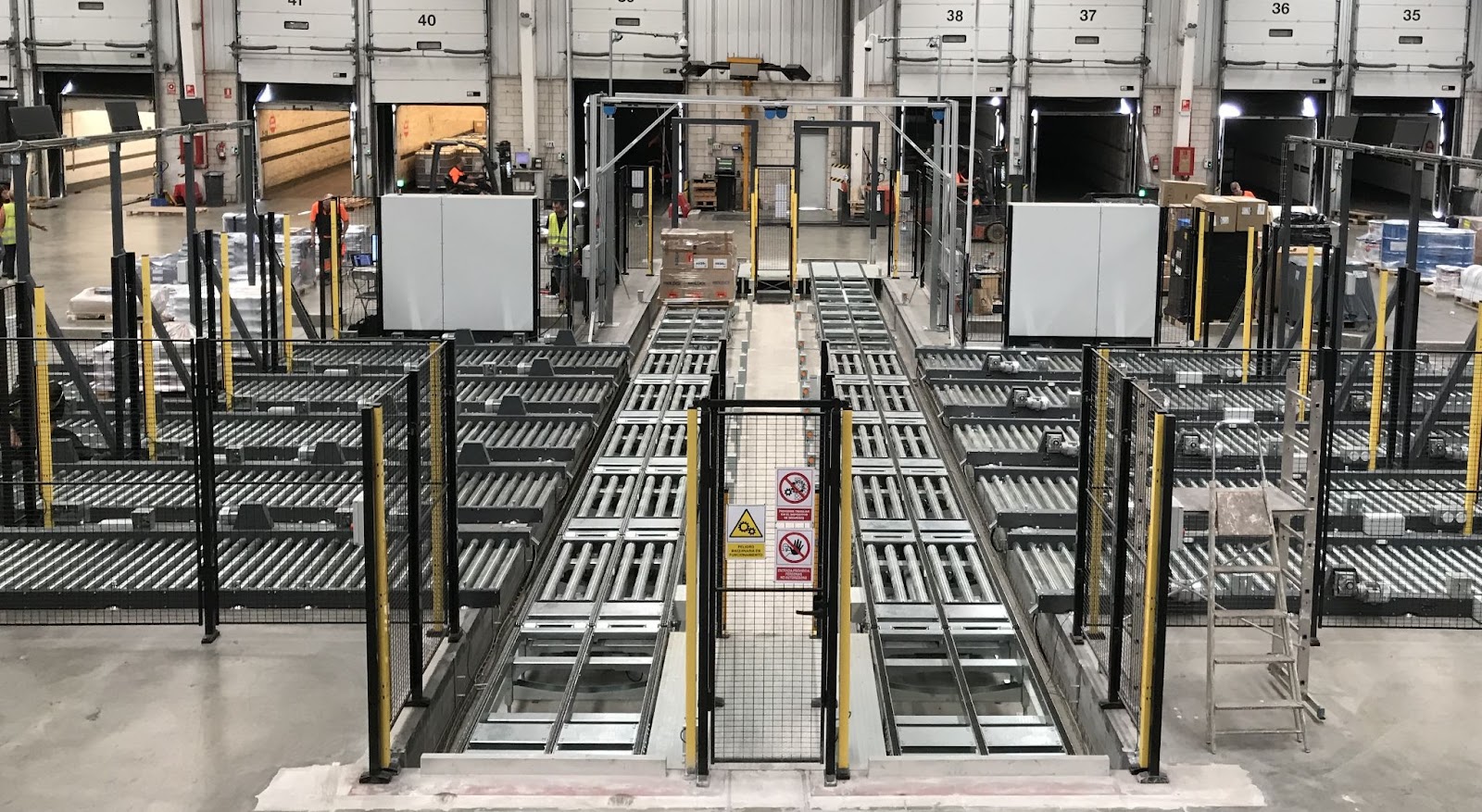Actualizado el Monday, 28 April, 2025
Cross-docking is a logistics management method, specific to the order preparation area, characterized by the distribution of products without prior storage. The goods are received and shipped within a short period of time by the transport company.
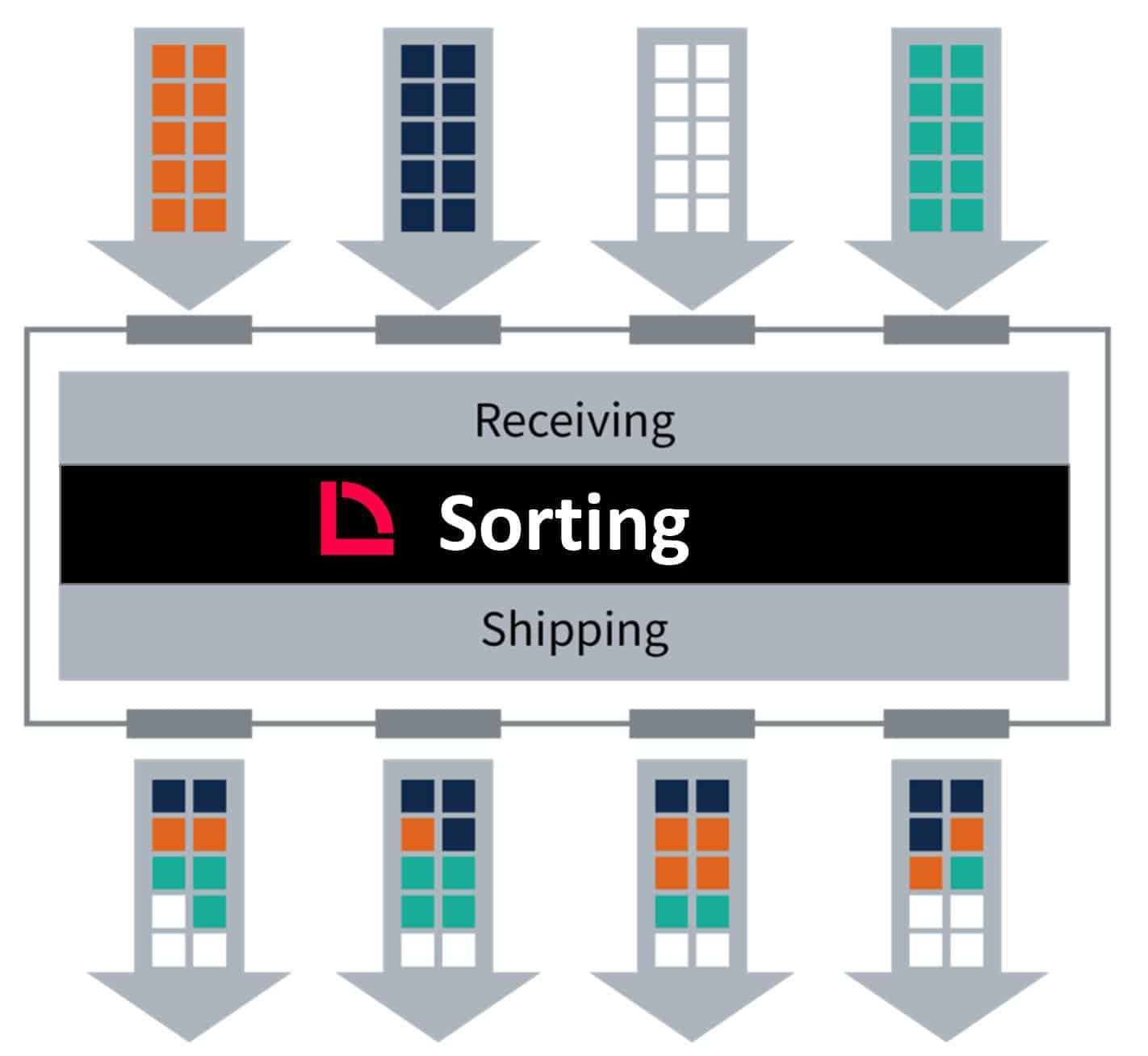
The success of a cross-docking warehouse lies in the productivity, speed, and reliability with which it can perform the activity.
If you are looking for the most innovative techniques in cross-docking to take this method to the next level, keep reading this article.
Why Is Cross-Docking Important for Logistics?
In the world of logistics, efficiency is key to success. In the constant search to optimize processes, cross-docking has become an increasingly popular practice in the management of goods at logistics centers. Its popularity is due to several aspects:
Cost Reduction
The first major benefit of cross-docking is that it significantly reduces operational costs. By eliminating or reducing storage, associated costs such as space rental, labor, and inventory management are also reduced.
Faster Delivery Speed
Cross-docking also offers faster delivery, as it accelerates the distribution process—products reach the customer more quickly. This improves customer satisfaction and the company’s competitiveness.
Reduced Risk of Obsolescence
By eliminating storage, the risk of products becoming obsolete or damaged is minimized.
Efficient Supply Chain Management
Cross-docking allows for more efficient supply chain management by coordinating the arrival and departure of goods. This is done in a synchronized manner, thus reducing the lead time of your deliveries.
Inventory Reduction
With cross-docking, it is possible to maintain low inventory levels, which frees up capital and reduces associated financial costs.
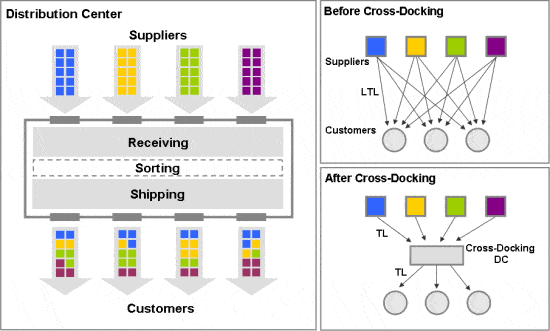
Main Challenges in Cross-Docking
Cross-docking is a highly complex operation that requires great harmony and precision among all stakeholders. It is very important that goods arrive as planned, are loaded and unloaded as quickly and safely as possible, and are classified in the most accurate and fastest way. All of these actions must be coordinated. That is why it is essential to have a good Warehouse Management System (WMS).
Proper application of these cross-docking pillars will allow you to stay competitive and increase control over your goods and warehouse.
How to Optimize Your Company’s Cross-Docking
The area with the greatest potential for improvement in a warehouse tends to be the intermediate processes that occur between unloading goods from the origin and loading them for their destination. Between these two stages are the processes of identification, control, and classification of the goods. The speed at which these tasks are carried out is crucial for warehouse productivity.
These processes usually involve scanning the pallet labels and classifying them, without considering such important elements as measuring weight or volume.
Controlling the volume and weight of pallets allows you to detect errors in declared weight and volume, thus enabling you to correct delivery notes. Pallet dimensioning is a very slow process that is not profitable for companies if done manually, which is why we recommend the use of automated dimensioning systems.
Increase Your Cross-Docking Productivity by up to 130%
At Brolla, we have designed specific solutions for the cross-docking sector, focused on automating the process of pallet identification, control, and classification.
In the control process, we include key features such as weight measurement, volume measurement, and pallet identification using label readers.
Astor
The Astor is a static weight and volume measurement system. It includes pallet weighing, cubing, and photography, barcode scanning, and destination indication on the screen. It stands out for its minimal space usage, no maintenance, and being a highly economical option.
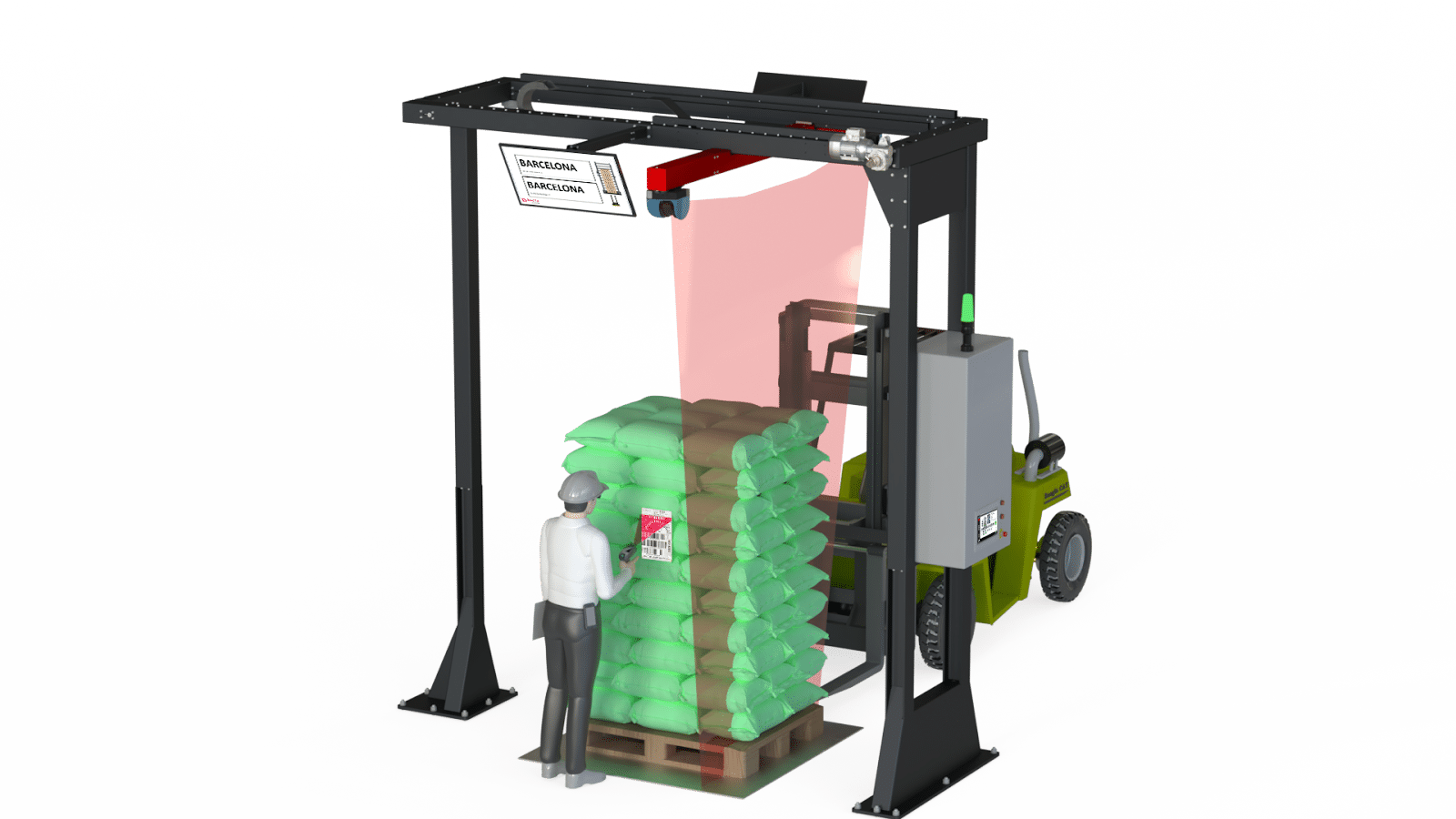
Astor – Model AS.1000
Cannon
The Cannon is a dynamic pallet dimensioning system. It offers all the benefits of cubing and weighing pallets, adding pallet photography, barcode reading, and destination indication on the output screen.
The big difference with the Astor is that it allows the separation of truck loading and unloading traffic, with one point for pallet drop-off and another for collection. In addition to all these advantages, it is a simple system with minimal maintenance.
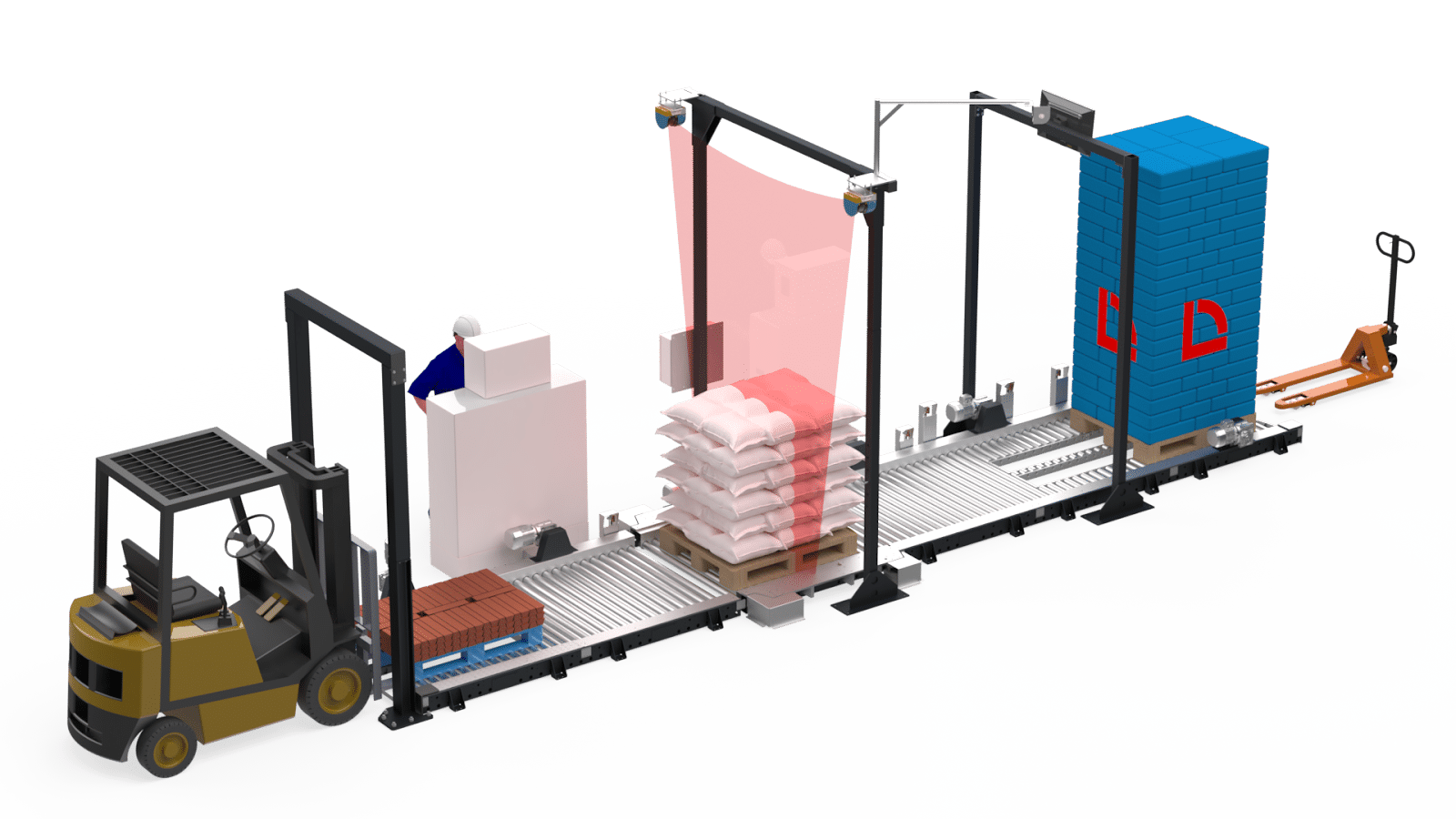
Cannon – Model CN.1000
Pallet Sorter
The Pallet Sorter is the most complete solution. It dynamically weighs and cubes pallets and classifies them by destination. These are an excellent solution for achieving efficient processes with repetitive internal transport procedures and standardized routes. These improvements in the warehouse’s internal logistics allow for a drastic increase in productivity.
Additionally, they allow for load verification, which reduces errors, increases control, and boosts profitability through increased revenue.
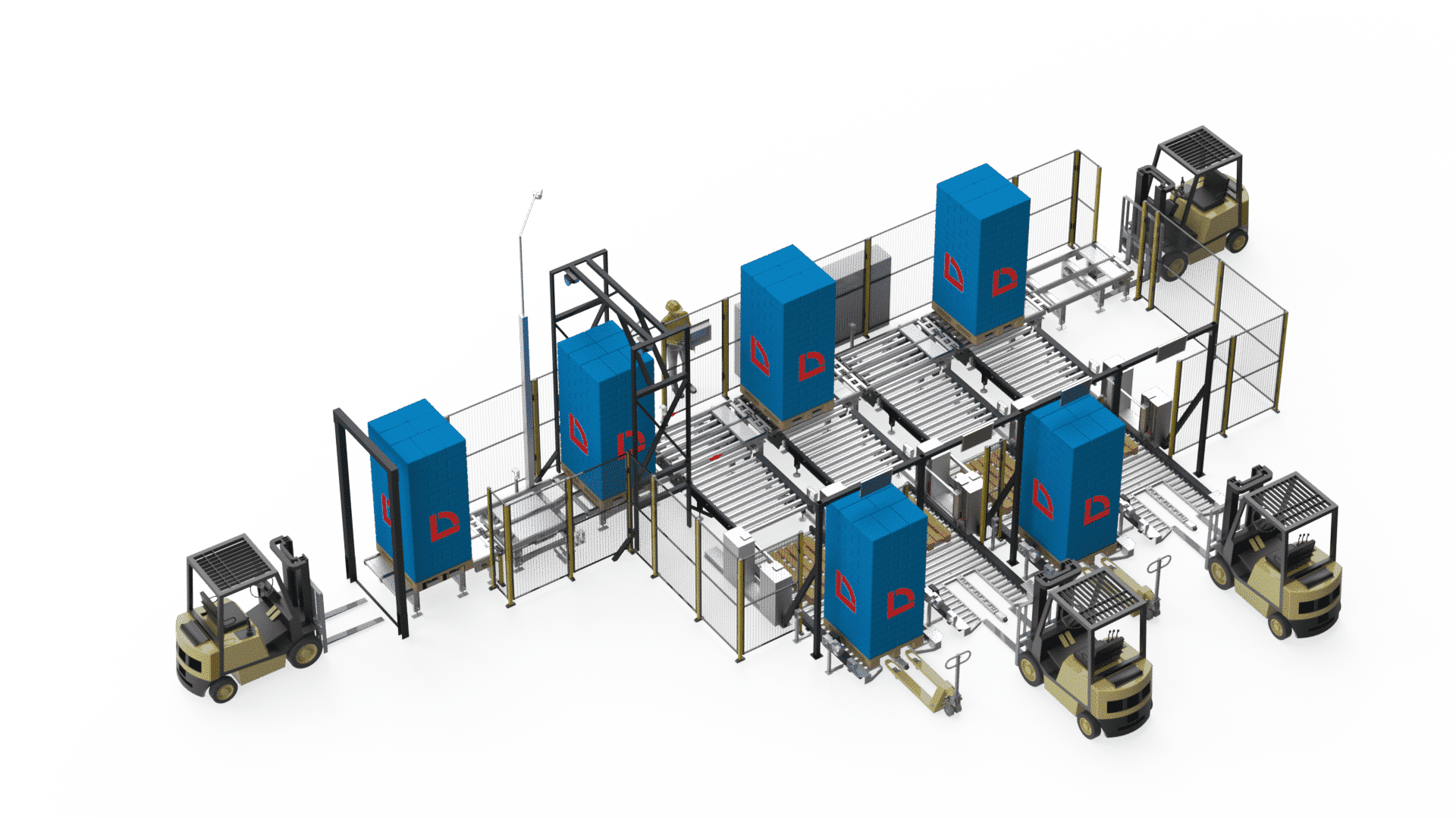
Pallet Sorter
Brolla is a pioneering company in cross-docking solutions, with proven experience in automated systems for cross-docking. With Brolla’s solutions, you will be able to get the most out of your warehouse, increasing productivity by up to 130%.
- What is a Sorting System? - 10 de July de 2025
- Cross-Docking Automation: Mastering Zero Inventory - 28 de March de 2025
- Types of Cross-Docking, Examples, and Which One Is Best for You - 14 de March de 2025

